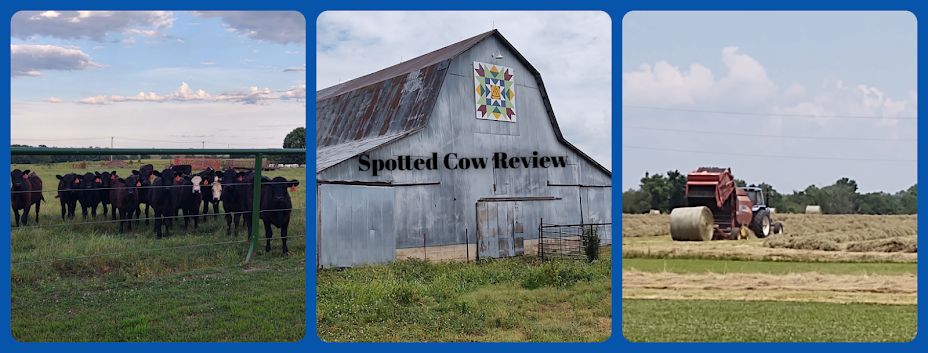Question:
Why does a farmer use genetically modified (often referred to as GMO) seed when planting a crop?
Answer:
Farmers are always looking for ways to increase efficiency and protect the environment. Genetically modified crops are more tolerant of drought,are more resistant to disease and herbicides and allow farmers to increase yields on the same amount of land.
According to the
Center for Food Integrity, more than 80 percent of grain crops used for animal feed, such as corn and soybeans are genetically modified. Extensive research has revealed no difference in the
nutritional value of GMO feed compared to conventional feed, there is no evidence that GMO feed impacts growth or feed intake and it is safe.


.jpg)
